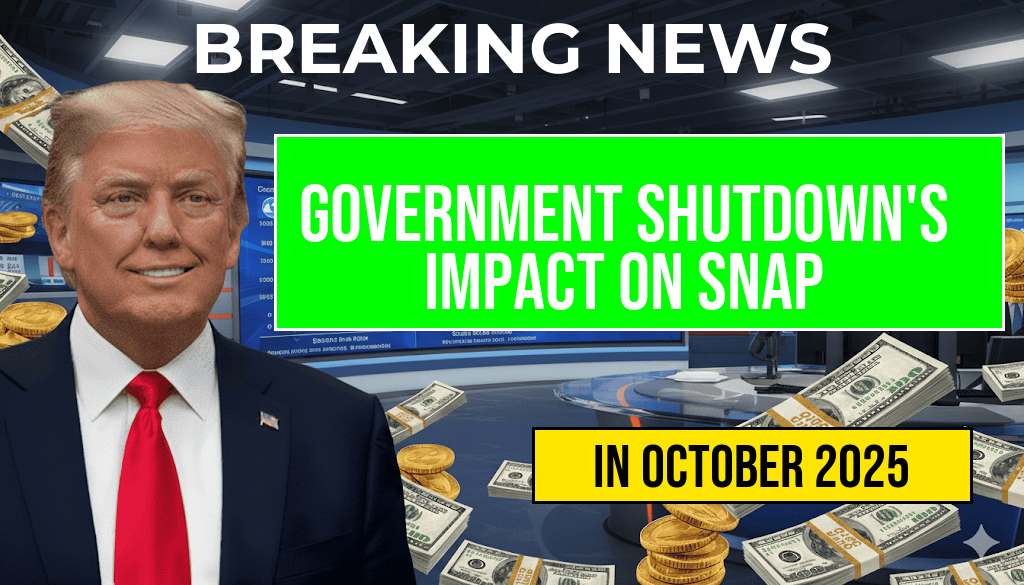As policymakers consider a new suite of fiscal reforms slated for implementation in 2027, experts warn that these changes could significantly impact the middle class, potentially reducing average household incomes by approximately $1,300 annually. While the proposed policies aim to address fiscal deficits and fund social programs, critics argue they may disproportionately burden middle-income earners, leading to a squeeze on household budgets and a slowdown in economic mobility. Analyzing recent economic models and government proposals reveals a complex landscape where intended fiscal consolidation could come at the expense of middle-class stability, prompting widespread concern among economists and community advocates alike.
Details of the Proposed Policies and Their Economic Impact
Overview of Policy Changes
- Tax Reforms: The government plans to overhaul income and payroll tax structures, potentially increasing rates for households earning between $50,000 and $150,000 annually.
- Social Program Adjustments: Reductions in funding for housing subsidies, healthcare support, and child care programs are under consideration, targeting an estimated savings of $200 billion over the next decade.
- Regulatory Shifts: New measures aimed at tightening regulations on small businesses and non-essential sectors could lead to job cuts or wage stagnation in local economies.
Projected Income Changes
| Income Bracket | Expected Income Reduction | Percentage Decrease |
|---|---|---|
| $50,000–$75,000 | $1,300 | 1.7% |
| $75,000–$100,000 | $1,300 | 1.3% |
| $100,000–$150,000 | $1,300 | 0.9% |
Sources of Income Loss
- Higher Tax Burdens: Increased income taxes and payroll contributions reduce take-home pay.
- Reduced Benefits: Cuts in social programs diminish disposable income, especially for families relying on subsidies.
- Wage Stagnation: Regulatory changes may slow wage growth or lead to job reductions, particularly in sectors heavily reliant on small businesses.
Economic and Social Implications
Middle-Class Strain and Consumer Spending
The decline in disposable income is likely to dampen consumer spending, a critical driver of economic growth. Historically, middle-income households are responsible for a large share of retail activity and local investments. A reduction of $1,300 per household could translate to decreased demand for goods and services, potentially leading to slower economic expansion and increased unemployment in affected sectors.
Potential for Increased Economic Inequality
With middle-income earners bearing the brunt of these policy changes, income disparity could widen. Lower and upper-income groups may experience relatively stable or increased benefits, further polarizing the economic landscape. Experts argue that such shifts could undermine social cohesion and fuel political debates on fiscal fairness.
Policy Response and Public Opinion
Public sentiment remains divided. While some advocate for fiscal responsibility and deficit reduction, many middle-class advocates warn that the proposed measures threaten economic security. Several community organizations have called for adjustments to protect middle-income families, emphasizing the importance of balanced policies that promote growth without sacrificing stability.
Expert Analysis and Broader Context
Economic Modeling and Forecasts
Recent analyses from institutions like the IMF and independent think tanks suggest that sustained income reductions could impede long-term economic resilience. Simulations indicate that even modest income declines can lead to decreased savings rates and delayed wealth accumulation among middle-class households.
Historical Parallels and Lessons
Past fiscal reforms have shown that unintended consequences—such as reduced consumer confidence and increased economic inequality—can offset intended fiscal gains. Policymakers are urged to consider these lessons to craft measures that balance fiscal health with social stability.
Next Steps and Considerations
As the 2027 implementation deadline approaches, stakeholders are calling for comprehensive impact assessments and stakeholder engagement. Experts recommend phased approaches that include safeguards for middle-income families, ensuring that economic growth remains inclusive and sustainable. Monitoring the actual effects post-implementation will be critical to adjusting policies in real time and preventing unintended hardship for millions of Americans.
For more information on fiscal policy impacts and economic forecasts, consult sources like Forbes and economic research institutions.
Frequently Asked Questions
What is the main concern highlighted in the article?
The article raises concerns that new policies could significantly reduce the average income of the middle class by approximately $1,300 in 2027.
How might these policies impact the middle class financially?
These policies are expected to decrease the average income of middle-income households, making it more challenging for them to maintain their current standard of living and potentially increasing economic inequality.
What specific policies are discussed as threats to middle-class income?
The article discusses tax reforms, social welfare adjustments, and regulatory changes that could adversely affect middle class earners, leading to a potential income reduction by $1,300 in 2027.
Are there any proposed solutions or measures to counteract these potential income reductions?
While the article primarily highlights the threats, it emphasizes the need for policy adjustments and economic safeguards to protect middle class households from income decline and ensure economic stability.
What is the potential timeline for these income reductions to take effect?
The article predicts that the income reductions could become evident by 2027, highlighting the importance of timely policy responses to prevent long-term economic hardship for the middle class.








